Holding vs Folding a Poor-Performing Fund: Points to Discuss with Your Financial Advisor

A market is a dynamic place full of ups and downs. When you begin your investing journey, you open yourself to a certain degree of risk. No matter how cautious you are or how well-calculated or planned your investments are, there is always a risk component when it comes to investment. Despite being familiar with these basic concepts, as an investor, you are likely to experience stress, panic, and anxiety when your investments take an unfavorable turn. However, this is where the expertise and professional assessment of a financial advisor can help you.
If you are confused about holding or folding a poor-performing fund, it may be time for you to understand and discuss the following aspects with your financial advisor:
- Analyze the relative benchmark
- Understand the ‘buy when low and sell when high’ fundamental
- Look at your portfolio’s asset allocation strategy
- Evaluate the cost of the fund
- Calculate the involved taxes
All funds are susceptible to poor performance from time to time, depending on various market forces. Hence, it may not always be appropriate to be alarmed by a poorly performing fund. One way to be certain about how far the fund has fallen is to measure it with a relative benchmark. The S&P 500 index is one effective way to measure funds. The index is an indicator of the 500 biggest companies in the US. Conducting a comparative study on your fund with the S&P 500 index as a benchmark can present an accurate performance score. Passively managed funds are generally better at tracking the benchmark. However, a financial advisor too can help you understand your fund’s performance in relation to a benchmark.
One of the first principles of investing is to buy when the stock is at a low price and sell it when the stock is priced high. Yet many investors start to panic when the value of their funds begins to fall. If you decide to fold your fund when the market is down, you may lose out on the chance to recover. If you consult a financial advisor on this issue, the advisor may suggest to invest more in the fund. When a fund falls, you should look at it as an opportunity to rebalance your portfolio by buying more units. You can sell these funds later, at a higher price to earn a profit. It also helps not to solely depend on the past performance of a fund while making crucial decisions. Past performances are often not accurate to predict the future of a fund. Concentrating on current trends and capitalizing on present opportunities based on your sensibilities can ensure a more wholesome way to ride out losses and earn more gains.
When you are looking at a poor performing fund, you must also look at your portfolio’s overall asset allocations strategy. Typically, a well-balanced and diversified portfolio contains a combination of stocks, bond, cash, and cash equivalents. Many investors keep a major portion of their money invested in safer instruments such as bonds. Their allotment to aggressive instruments such as stocks is comparatively lower. This strategy helps you ride out any market downturns by creating an equilibrium. While deciding to either hold or fold a fund, it is essential to move past, the past-performance of the fund. Moreover, instead of looking at the fund as an individual investment, you should try to shift your gaze to how the fund diversifies your overall portfolio. It also helps to ensure that your portfolio has a mix of large and small cap investments, short-term and long-term stocks, and growth and value stocks. In addition to this, you must understand that these asset classes are bound to follow market cycles of upward and downward trends. So, instead of looking at the performance of a fund separately, focus more on how to balance your overall portfolio to reduce risk. You can discuss suitable asset allocation strategies with a financial advisor.
While most investors look at the performance of the fund, they ignore the kinds of other costs involved. When looking to hold or fold, it can be more beneficial to calculate the overall expenses incurred over the investment. This can include annual administrative fees, management expenses, trading costs, etc. High turnover funds usually come with added hidden costs, rendering the returns of your investment worthless. Instead, it helps to invest in low turnover and low-cost funds and experience better returns. There have been several studies that show that low-cost funds offer better performance then high-cost funds. You can take assistance from a financial advisor to select the most ideal funds as per your budget, investment appetite, future and current goals, and time horizon. A fund’s turnover ratio is an important indication of its performance too. Make sure you discuss this with your financial advisor before finalizing any buying or selling.
When contemplating whether to keep or sell a fund, the money spent on taxes plays a crucial role. Sometimes a fund may have lost its value but could be costing you money in the form of taxes. Under such circumstances, it could make more sense to sell the fund and eliminate your tax burden. In the absence of capital gains, you can also withhold up to $3,000 worth of loss and carry it forward to the coming years. However, if you decide to invest in a similar fund within 30 days from the date of sale, you will not be allowed to benefit from this strategy. This is often referred to as the wash sale rule. You can consider using the money from the sale to invest again in a similar type of fund. But it is important to wait for a minimum of 30 days.
To sum it up
Analyzing the performance of a fund is not a one-dimensional approach. You may need to look at various aspects and understand how they affect you in the long run. Management costs, taxes, benchmarks, asset allocation strategies, and diversification principles are all essential components that need attention and focus while assessing the performance of a fund. The decision to hold or fold also depends on where you stand in life and what your immediate and future goals are at a given time. Keeping in mind your time horizon, risk appetite, and portfolio’s overall vision, a financial advisor can advise you a suitable way forward.
If you are still unsure on whether to sell or keep a poorly performing fund, you can get in touch with Financial Advisors and discuss all your options.






.jpg)












.jpg)





.jpg)


.jpg)



.jpg)

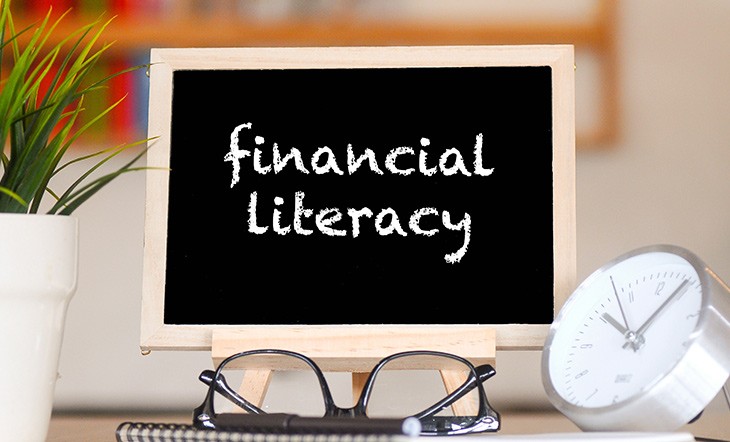







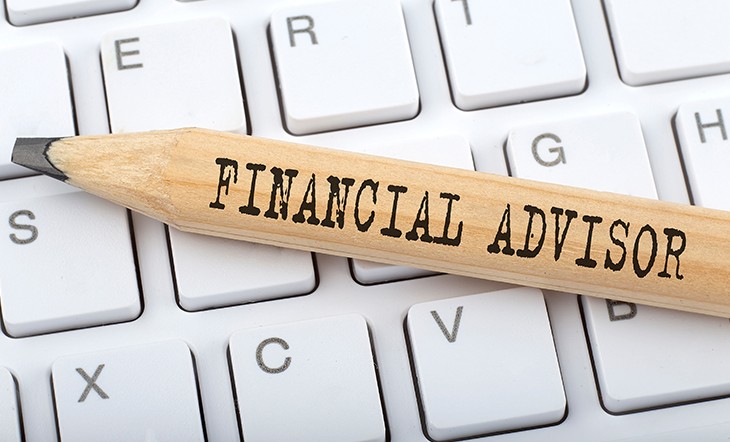
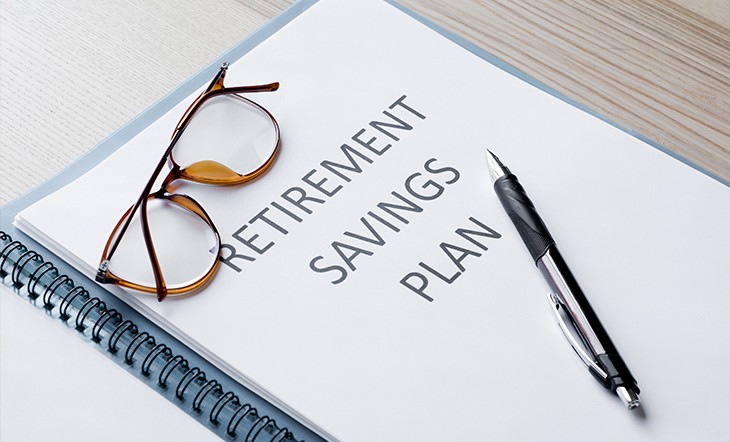





.jpg)


.jpg)






.jpg)

.jpg)







.jpg)

.jpg)






.jpg)
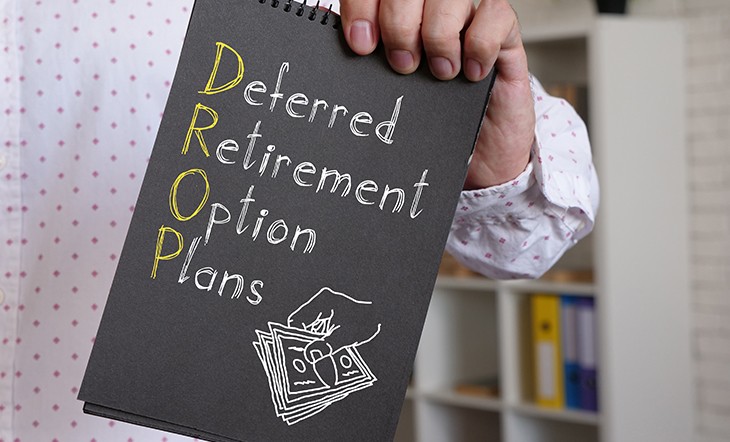

.jpg)


.jpg)

.jpg)



.jpg)



.jpg)


.png)
.jpg)
.jpg)




.jpg)



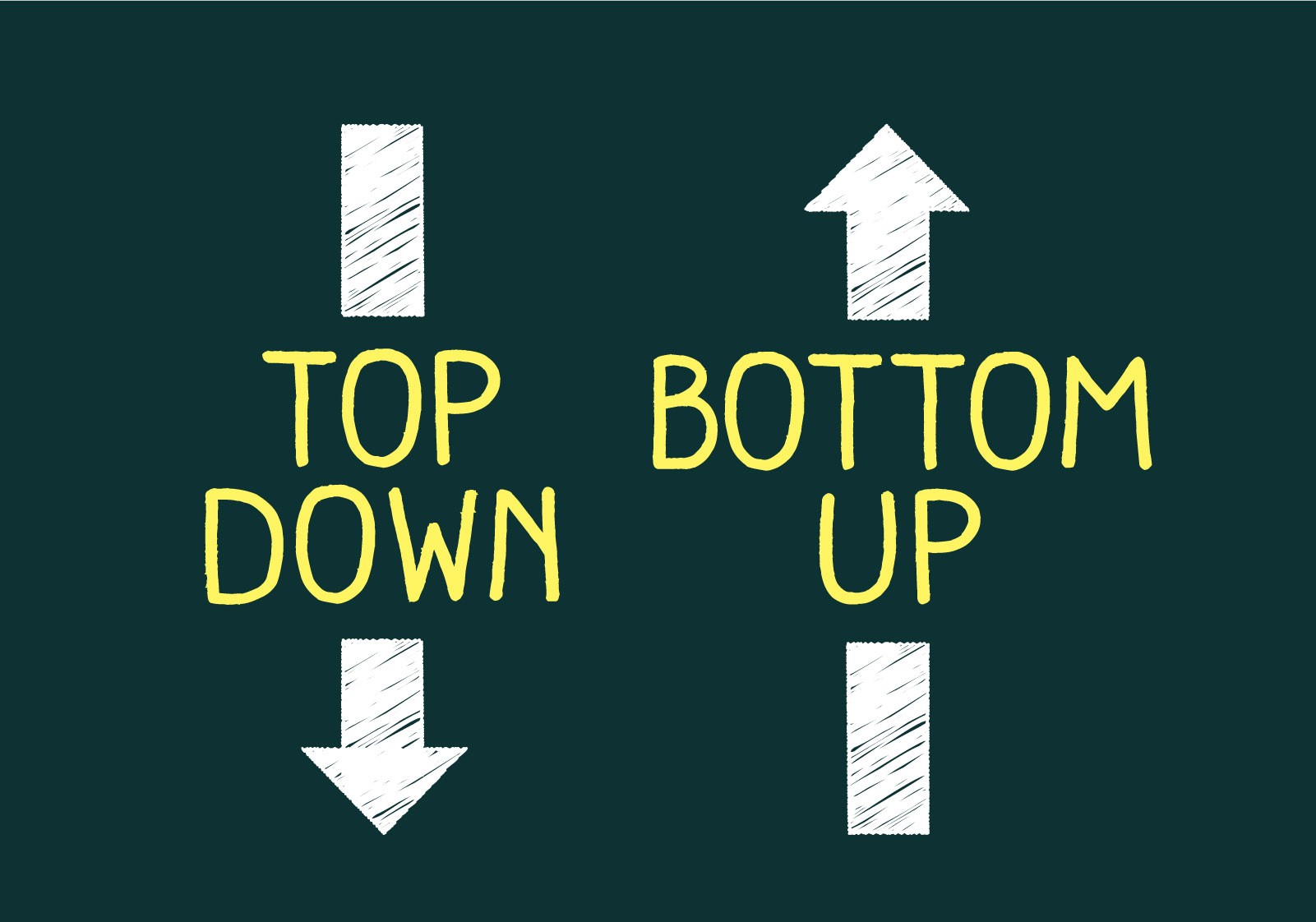
.jpg)


.jpg)


.jpg)
.jpg)
.jpg)
.jpg)

.jpg)
.jpg)



.jpg)





.jpg)
.jpg)

.jpg)
.jpg)
.jpg)
.jpg)
.jpg)
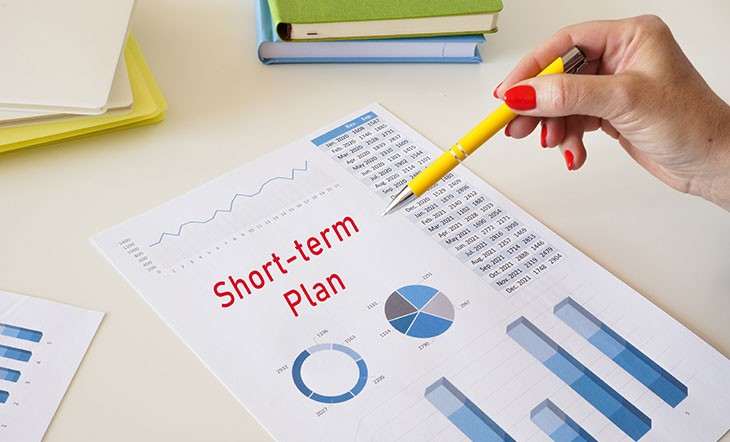
.jpg)




.jpg)
.jpg)


.jpg)
.jpg)
.jpg)
.jpg)

.jpg)

.jpg)












.jpg)




.jpg)

.jpg)




.jpg)











.jpg)



